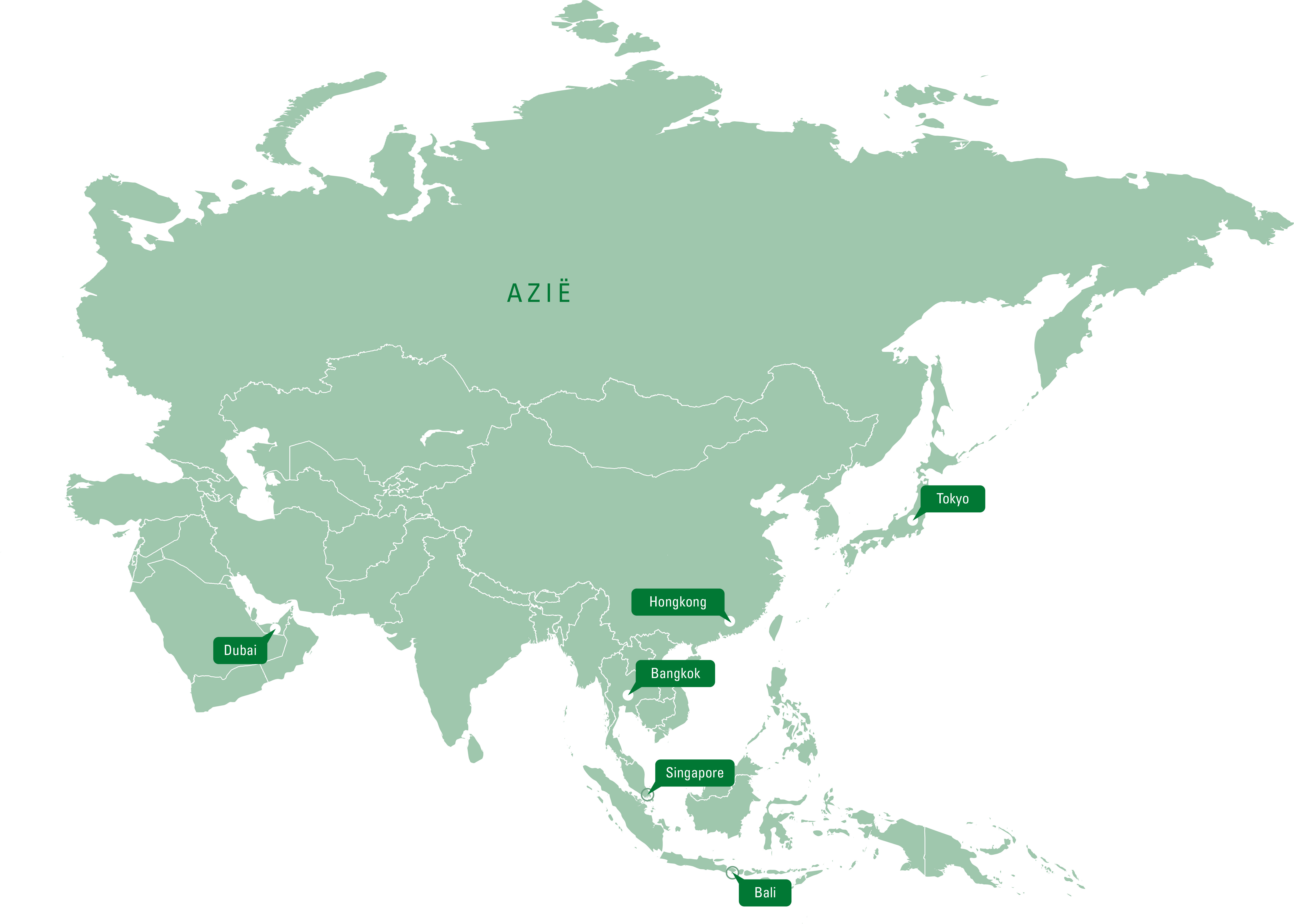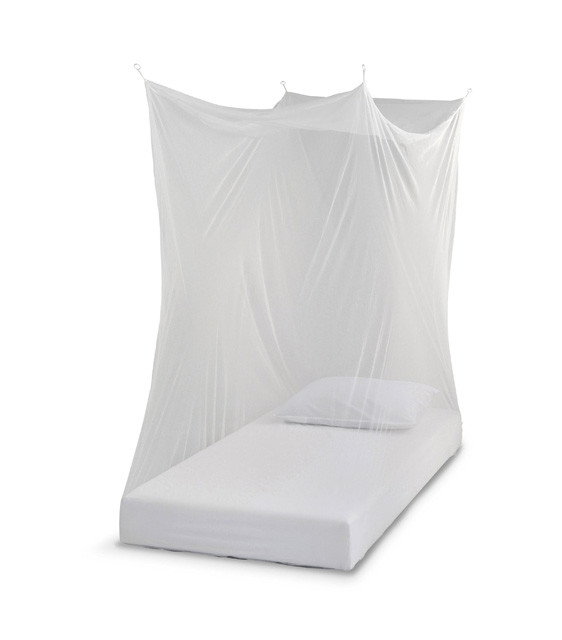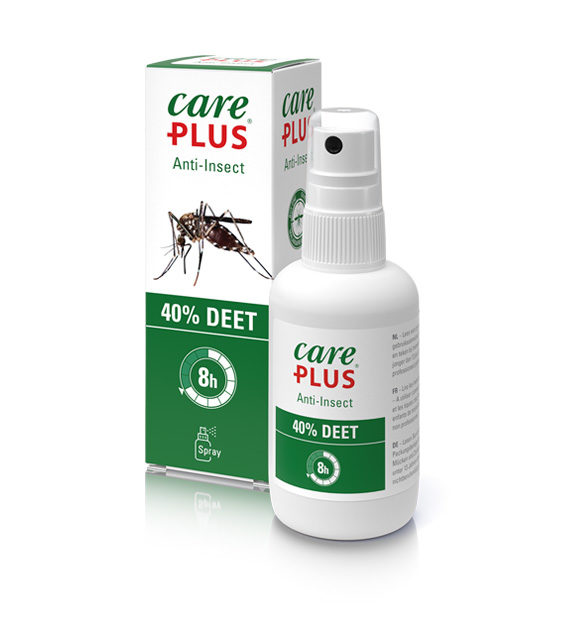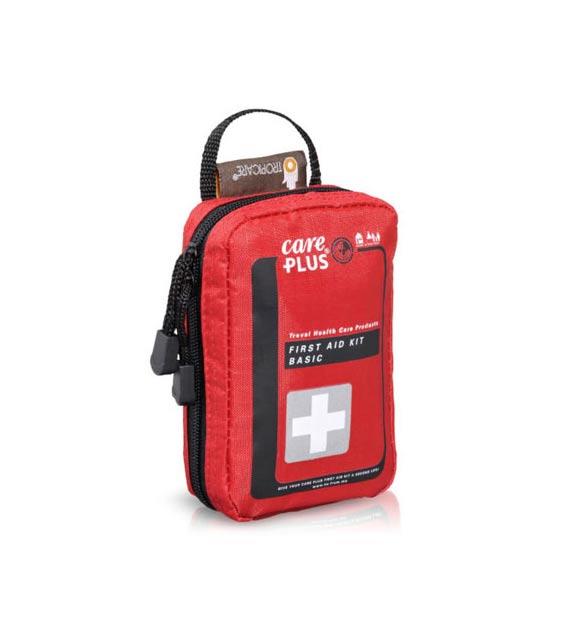Safe travels in Asia
Asia is the largest continent in the world. In 2016, the continent had a population of 4.46 billion, or 61% of the total global population (7.6 billion). Asia, with a total area of 43,810,000 km² covers 8.6% of the earth’s surface and 29.4% of the total land area.
Climate
Asia’s climate is extreme and diverse. Asia has places that are among the warmest and the coldest, the driest and the wettest.
Central Asia has varying weather patterns from extreme cold in mountainous areas and extremely hot and dry in the deserts. Northern Asia has roughly the same climate as Central Asia, but with more rainfall. The winters are very cold, especially in Siberia with an arctic climate all year round. In Southern Asia, the temperatures are high throughout the year, except in the mountains. There is no summer or winter here, but only a dry and rainy season.
Population: 4.5 billion
Climate: Varied
Tropical diseases in Asia
Chikungunya
Yes, chikungunya occurs in Asia.
Malaria
Yes, malaria occurs in some parts of Asia.
Dengue
Yes, dengue occurs in some parts of Asia.
West Nile virus
Yes, West Nile virus occurs in Asia.
Yellow fever
No, yellow fever does not occur in Asia.
Zika
Yes, zika occurs in some parts of Asia.
Dangerous animals in Asia
Among all the beautiful creatures you will encounter in Asia, there are a few you’d rather stay away from. The information below will help you to know what to look out for so you can take the necessary precautions for your journey. Should you get bitten or stung by an insect or jellyfish, you will know what to do.
Mosquitoes
At first sight, mosquitoes are not necessarily frightening, but rather irritating. However, in some parts of Asia, a mosquito bite can cause several, sometimes life-threatening, diseases. Always protect yourself by sleeping under a mosquito net, using Anti-Insect DEET and wearing insect repellent socks. Have you been bitten? Use a venom extractor to prevent the poison from spreading through your body as much as possible.
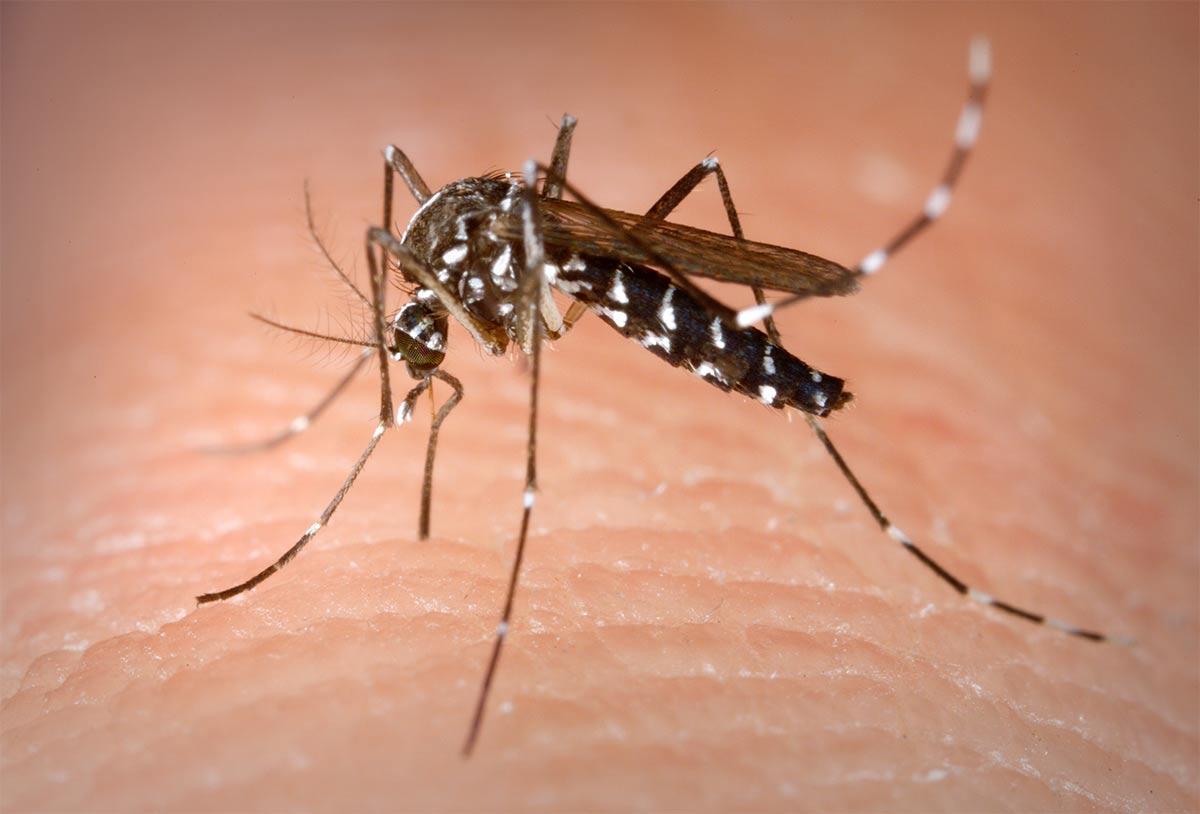
Jellyfish
There are numerous jellyfish in the sea that do no harm, but don’t be mistaken: a few types of jellyfish are extremely dangerous. The box jellyfish is one of those and can be found in some parts of Asia. They inject deadly venom into your skin through the needles on their tentacles. Prevent a jellyfish sting by applying a good water-resistant sunscreen that also protects against most jellyfish stings, corals and anemones. Or you can wear a stinger suit, a thin wetsuit that protects your body against tentacles.
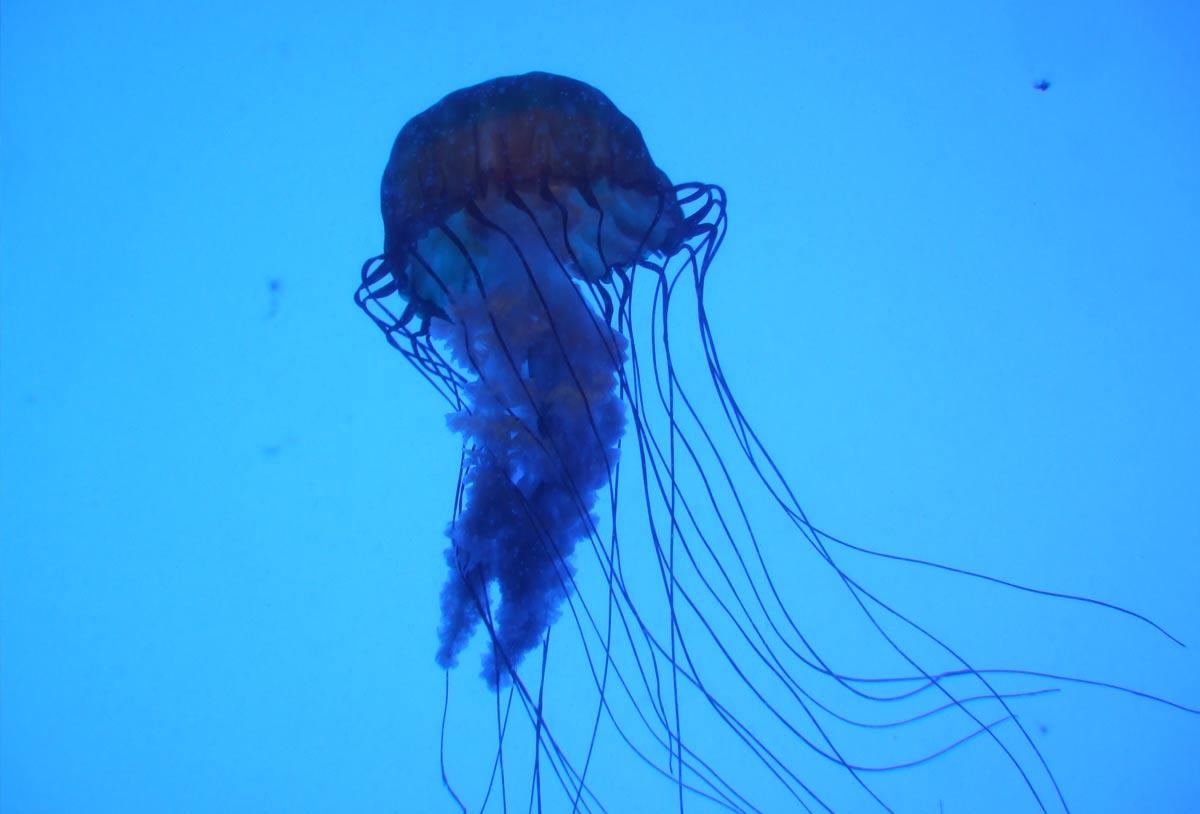
Snakes
Beware of snakes, because the venom of a number of snakes can be deadly. Keep your eyes open for the banded krait. The bite of a banded krait is fatal in 50% of cases – even after administering the antidote. This makes the krait one of the snakes that cause the most casualties in Asia. The king cobra can be found in Thailand and hides in tall grass and dark holes. Because it is difficult to tell the difference between venomous and non-venomous snakes, it’s best to stay away from them.
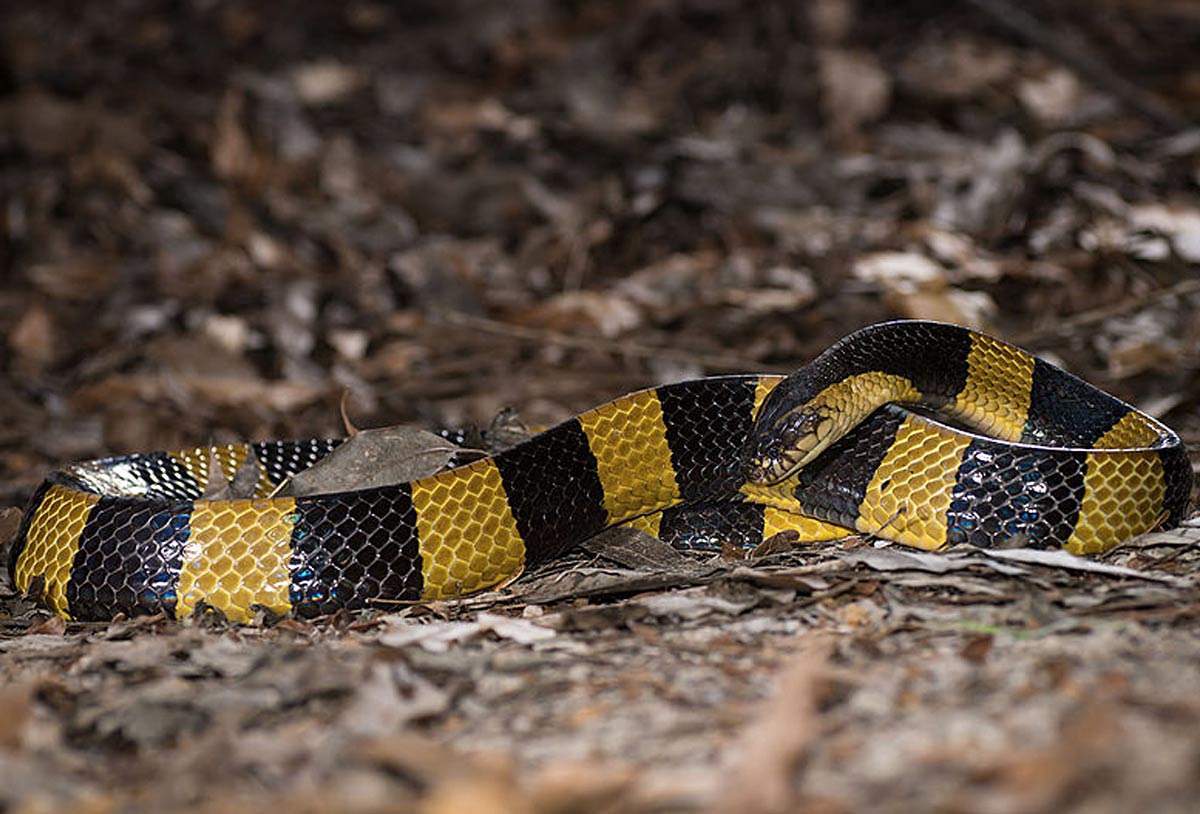
Good to know
Vaccination
If you’re travelling to Asia, it is wise to obtain the right information and taking the right precautions. Asia is divided into four regions where different vaccinations are recommended.
Visa
A few countries require you to arrange a visa before travelling: China, India and Myanmar. For many other countries, you will receive a visa on arrival that is valid temporarily. Cambodia, Indonesia and the Philippines are some examples. And for other countries, you won’t require a visa at all. Check whether you will need a visa before you travel.
Water
In many parts of Asia, tap water is not suitable for drinking. Drinking bottled water is recommended.
Language
Many different languages are spoken in Asia and many countries have more than one official language. The most notable (world) languages spoken in Asia are Arabic, Chinese (Mandarin), Japanese and Russian. In some parts, you will be able to manage in English, and in some countries, including India, the Phillippines and Singapore, it is the official language.


